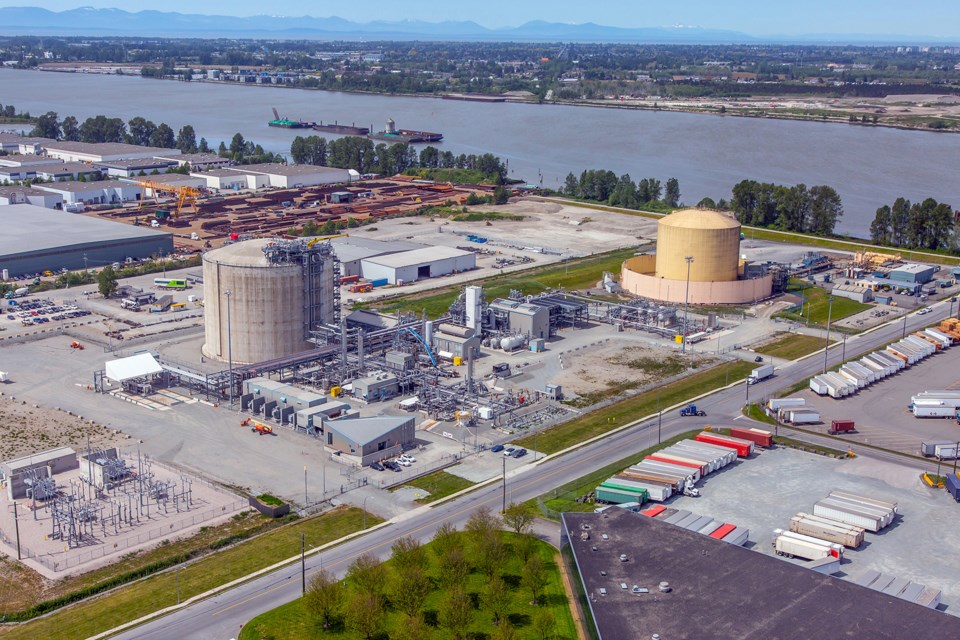Another Lower Mainland city has joined the opposition to FortisBC’s proposed liquefied natural gas (LNG) plant expansion in Delta, but the host city has not followed suite.
New Westminster Mayor Jonathan Cote recently wrote a letter to Delta mayor and council on New Westminster council’s decision last month to formerly oppose the FortisBC Phase 2 expansion application, noting his city stands in support of the cities of Richmond and Vancouver in also opposing the continued expansion of LNG at the Tilbury Island facility, and in opposition to the Phase 2 Expansion Project currently undergoing provincial and federal environmental assessment.
Cote wrote that as their cities collectively aim toward reducing greenhouse gas emissions to avoid “irreversible damage” to the climate, it is imperative that no fossil fuel intensive projects be initiated or expanded.
Saying the catastrophic effects of climate change are adversely affecting the population of New Westminster, Cote goes on to note much of his city and community-led efforts towards climate action are anticipated to derail due to the “dire consequences of this project.”
The City of Delta has so far not joined in the opposition, instead preferring to continue to gather more information.
The city has requested further details and that FortisBC ensures they consult with Delta's Fire and Emergency Services department as details are developed and potential impacts are assessed.
A Delta staff response to the correspondence notes staff will continue to provide updates and reports to council on the proposal as it proceeds through the process.
Delta staff will also participate in all phases of the environmental assessment process as part of a technical advisory committee.
If the project is determined to be ready to proceed to the next phase of the environmental assessment process, there will be a minimum of three separate opportunities for public engagements and comments.
This September, FortisBC announced that a detailed project description has been filed for the Tilbury expansion as part of the environmental review process.
The utility has been gathering input from Indigenous groups, stakeholders and the general public to produce the detailed project description, which outlines the project and its potential impacts.
It has been filed with the BC Environmental Assessment Office (EAO) and the Impact Assessment Agency of Canada, both working cooperatively for the initial phase of the project review, to complete the early engagement phase.
The province had asked that both federal and provincial environmental assessments be completed through a single review process.
The proposed storage capacity of the new Tilbury tank would be 142,400 cubic metres, while the proposed liquefaction capacity would be to 2.5 million tonnes per year.
Council this week agreed to hold a workshop on the proposal in early 2022.
Meanwhile, a separate application adjacent to the FortisBC plant, the Tilbury Marine Jetty Project, is also slowly winding its way through the application process.
The applicant behind that project is the Tilbury Limited Partnership, a partnership between affiliates of FortisBC and Seaspan.
That facility would load LNG from the FortisBC Tilbury LNG facility onto ships for both local use and overseas export.



